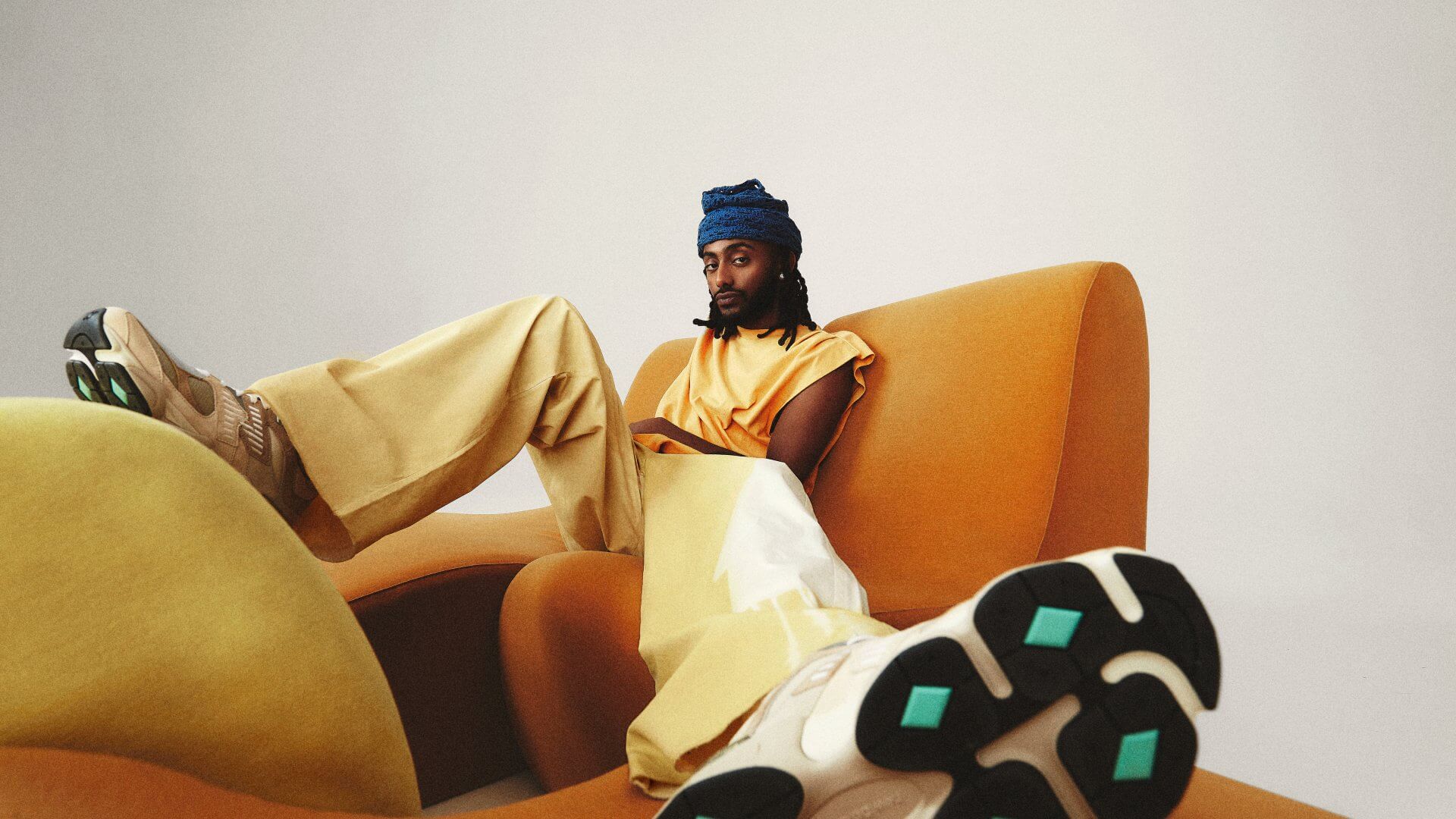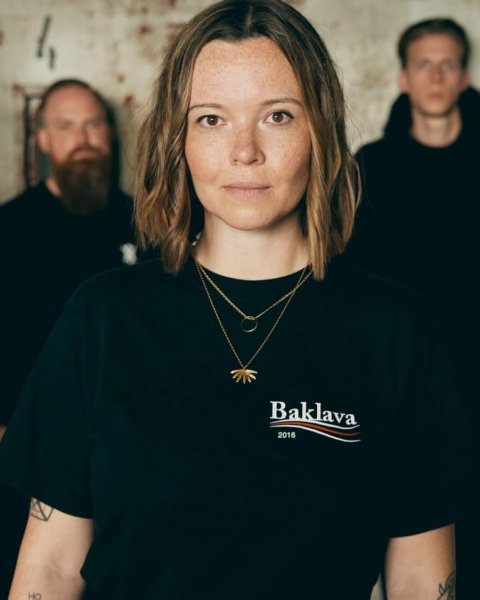
How to build cultural credibility by choosing the right partners
The New Balance Formula
Humble beginnings
New Balance’s history is incredible. The brand from the Boston area is more than 100 years old but has spent significant parts of its existence as an underdog. In 1972, only six people produced around 30 pairs of shoes per day. Today, the company employs over 5000 people from all over the world. How? And what can other brands learn from their story? Let’s take a deep dive!
It’s all about being casual
New Balance has focussed on functional running shoes for a long time. When sneakers became something people wore every day, New Balance shoes became known to be convenient, sleek, and casual. Their neutral tones were perfect for casual fits. They were of high quality and very useful… And kind of boring. Basically, they were the type of shoes that your dad loved.
Using one’s own brand identity right
Not the best conditions for building relevance in popular culture. Still, precisely that should become the key to New Balance’s success.
Subscribe to our newsletter for updates on hiphop business, street fashion, arts, and culture.
The moment
The turning point came when street fashion produced the perfect moment for New Balance. Vintage looks gained popularity. The nineties were cool again. Throwbacks reminiscent of baby boomer looks became a thing. Think mom jeans and chunky sneakers. Again, the type of shoes that your dad loved.
Around 2018 everybody fell in love with Dad shoes. It was the year of the Balenciaga Triple S and all those shoes that made our feet look double their size. New Balance was ready to shine. Their sneakers became the embodiment of the trend.
As so often, cultural relevance arose “by itself” out of popular culture. What matters is what a brand makes of it. To follow a trend, you have to recognize it. And, if you want to capitalize on it, you must avoid becoming a gimmick. Use the spark to light a fire that lasts.
Who doesn’t love…
Jjjjound and Aimé Leon Dore?
New Balance started working with people from popular culture. Not the biggest stars, but the ones who were most respected. They collaborated with brands like Aimé Leon Dore or Jjjjound and became known for collabs that were extremely hyped but never “sell-out.” The brand embraced street fashion and established its niche in it. To top everything off, they hired Aimé Leon Dore’s founder Teddy Santis as Creative Director. And became super credible by association.
Compared to other big sportswear companies that indulge in a high amount of collaborations, New Balance projects give off the feeling of being of higher quality and doing something for the culture. They always appear to be carefully picked. The collabs are driven by shared values.
Know who to work with
For a long time, New Balance had stayed away from endorsement deals. Today they have a highly well-curated lineup of partners outside of street fashion, too. They’re tapping into a new group of creatives here.
Right now, New Balance is all about being the better, more authentic alternative. Rappers like Jack Harlow and Aminé are brand ambassadors. Both are successful, but no megastars like Kanye West (adidas) or Drake (Nike). They speak to a broader group of Gen-Z consumers who are interested in arts, lifestyle, and fashion while remaining true to their values.
We can say the same about other brand ambassadors like Will Smith’s politically active son Jaden (rapper, singer, and actor), Bayern Munich’s Sadio Mané, tennis player Coco Gauff or Basketball star Kawhi Leonard.
New Balance ambassadors are well respected yet humble; they are driven by values and excel in skills. Few brands successfully demonstrate their brand identity by choosing the right partners – New Balance definitely does it right.
The power of cultural credibility
The hype around Dad shoes will always be essential to New Balance’s history, but it did not define the brand. New Balance used the initial trend to show what they stand for. They made the right decision at a point when consumers started to love brands that help them express their values and lifestyle, stay true to their core, and stand up for something.
New Balance carved out its place in culture – in the most credible way possible. Lots of what they do has yet to be acknowledged by the mainstream, especially outside of the United States. But if they continue their path of being *niche* and knowing their way around in culture, New Balance’s future is looking bright.
New Balance demonstrates the power of cultural credibility. If there is something to learn from them, then it is not to let hype distract you from your identity and the importance of choosing partners wisely.


